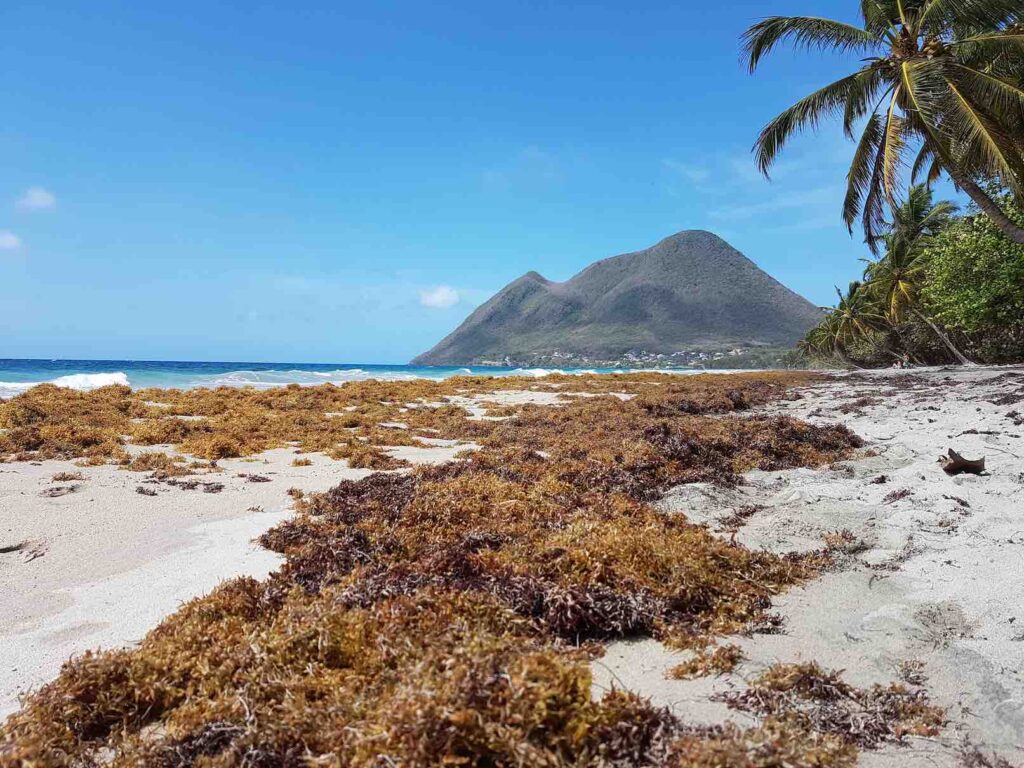Before 2010, pelagic Sargassum spp. bloomed preferentially in the Sargasso Sea and in the northwestern tropical Atlantic. They are now found in large quantities on the coasts of the Lesser Antilles, Central America, Brazil and West Africa. Satellite imagery reveals that these strandings come from colossal quantities of algae drifting from the central tropical Atlantic between 0 and 10°N (Wang and Hu 2016, Langin 2018). There are several hypotheses for the origin of the increasing incidence of Sargassum blooms: increase in nutrient inputs by the Amazon River due to deforestation and intensification of agricultural production, warming of the tropical Atlantic, changes in hydrodynamic conditions. None of these hypotheses has been fully agreed to date.
Massive strandings are now a recurring phenomenon, which drives us to take a long-term perspective on the health, economic and environmental risks that they represent. Modeling and forecasting of strandings is essential for designing effective integrated risk management strategies, pushed by a strong and pressing demand from the civil society.


